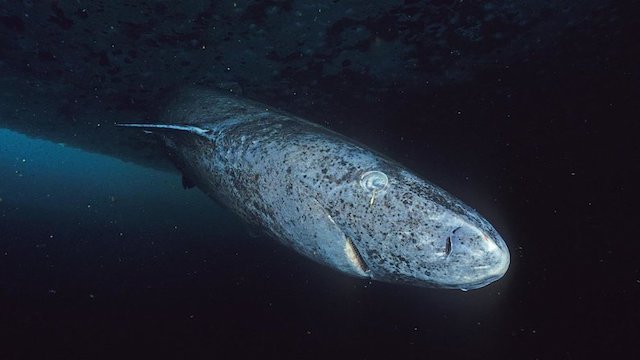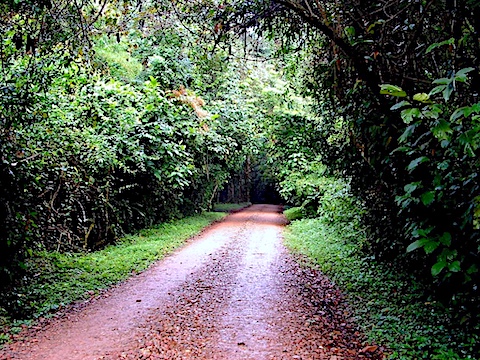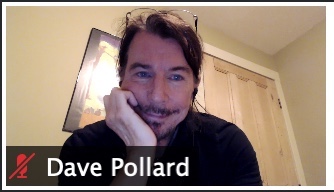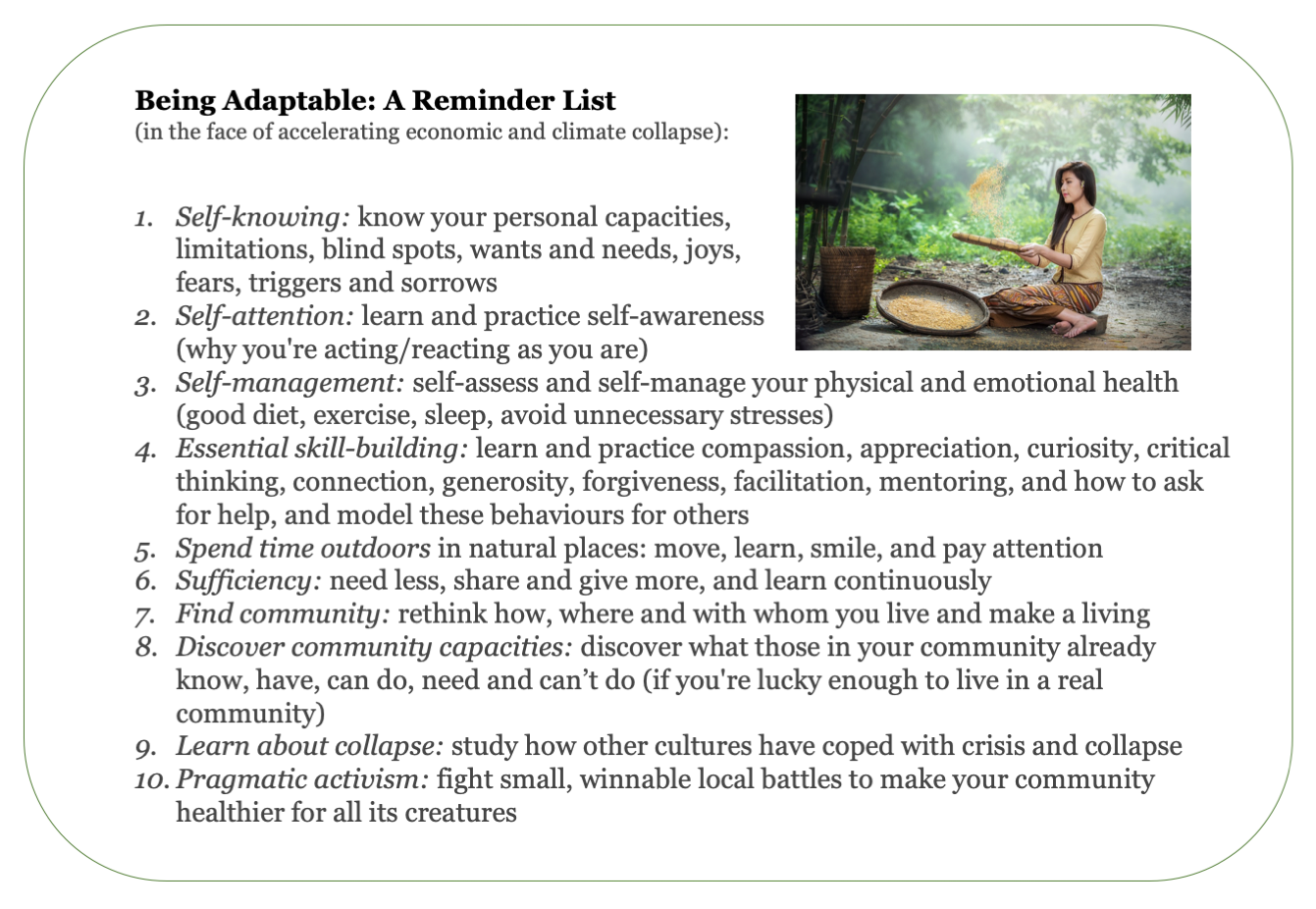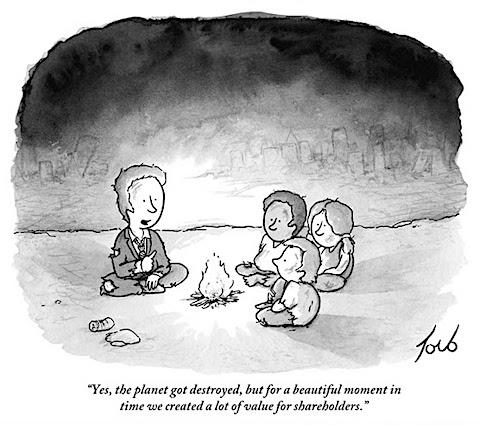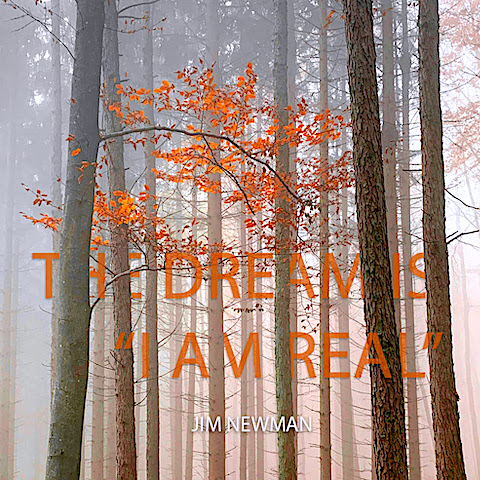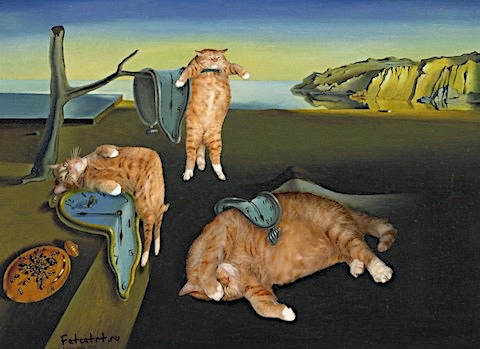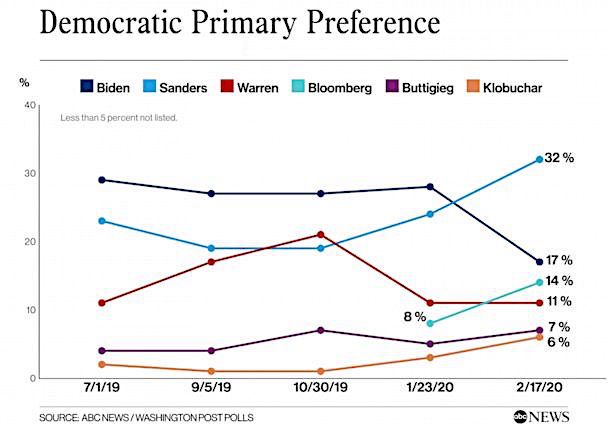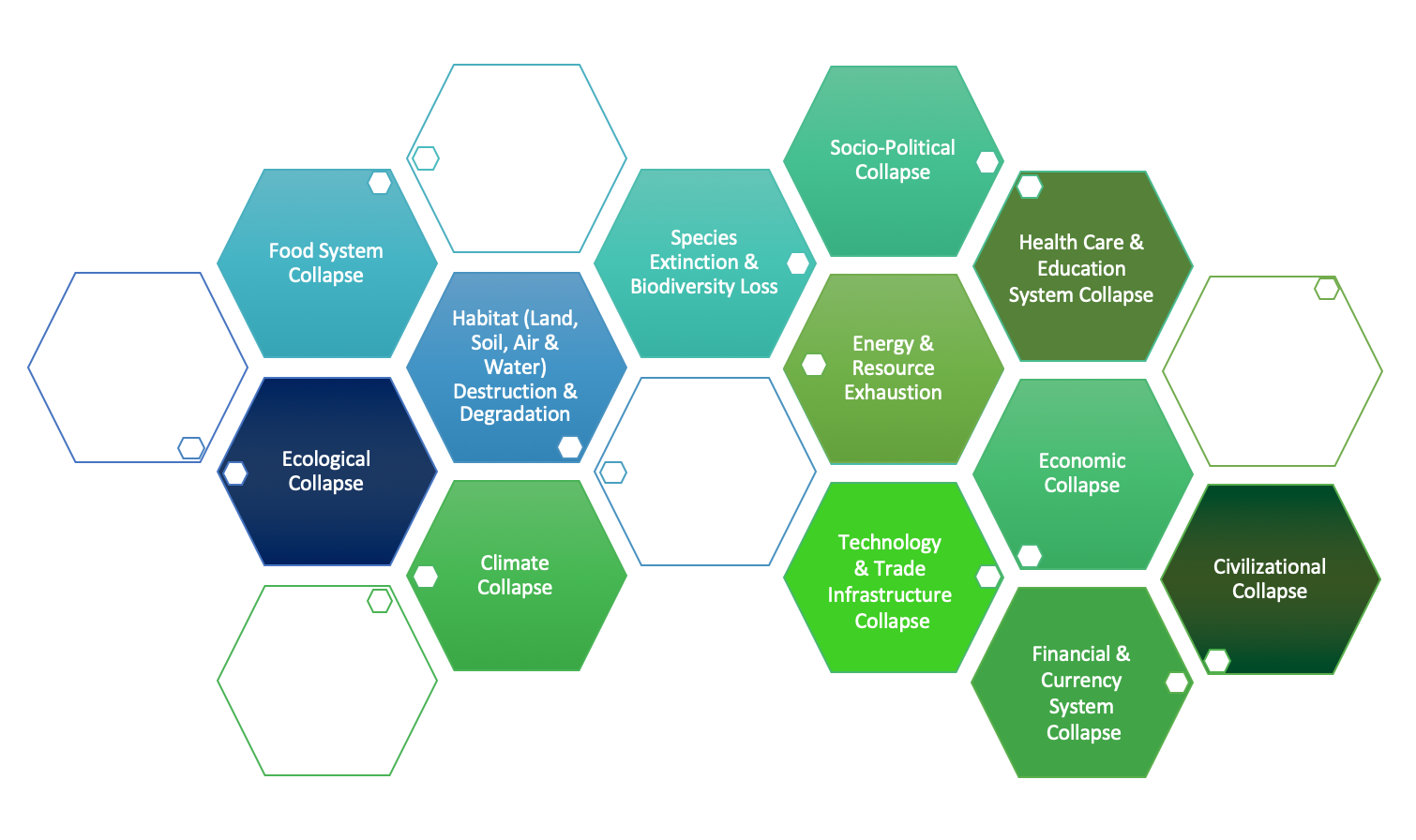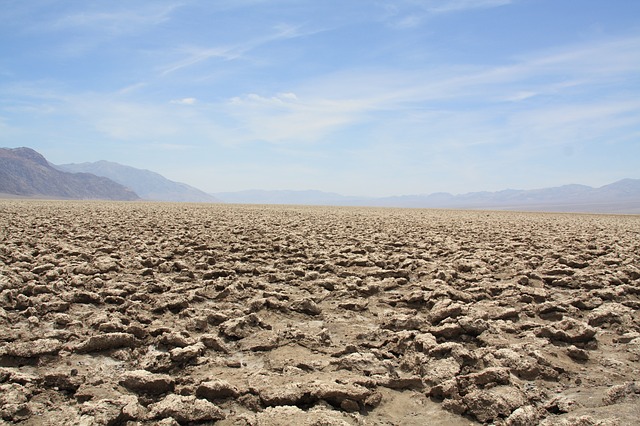
Image by kaaathi from Pixabay CC0
I have argued before that there is no such thing as an “inalienable right” — in a civilized society, rights and freedoms are granted to us in return for commensurate responsibilities, and balanced against other rights and freedoms with which they may conflict. It’s a bargain, and the price of living in civilization.
Once upon a time, idealists not interested in the terms of the bargain were “free” to opt out of civilization, and go where there was none, or where the new settlers were still defining the rights, freedoms and responsibilities that would apply in their new frontier. But today there are no such frontiers left. Civilization is global, and while one’s rights and freedoms and responsibilities vary (at least formally) from country to country, our only choice if we don’t like the local bargain is to beg admission to another place whose bargain seems more to our liking. And few countries are accepting more than a tiny portion of those looking for a better bargain.
In Canada, for example, the rights and freedoms granted to citizens, residents and visitors are codified in the Canadian Charter of Rights and Freedoms, which is a part of the Canadian Constitution, and which prevails (with a couple of notable exceptions) over any and all laws and regulations of the land. The Charter explicitly acknowledges that no rights or freedoms are absolute — they can be “limited to protect other rights or important national values” (eg hate speech is not protected by the freedom of speech provision). Nevertheless, they are not to be trifled with lightly. They have been the basis for Canada’s hard-fought laws for women’s reproductive freedom. Their violation by laws restricting Canadians’ right to die with dignity have been struck down by the courts (and the newest attempt to restrict those rights seems similarly likely to be struck down almost as soon as it is passed into law, unless the Canadian Senate prevails upon Trudeau to gather up the courage to confront the right-to-lifers).
Much of the global outrage over CoVid-19 restrictions seems to be a fundamental disagreement over whether the right of the majority to protection from an out-of-control pandemic (and the right of governments to impose restrictions to enforce that right) does, or does not, supersede the right of any individual or group to pursue activities they believe to be essential to their spiritual or financial health. American constitutional law is much clumsier and more ambiguous than the modern Canadian equivalent, so the US courts have been inconsistently adjudicating this dispute over whose rights should prevail, unfortunately largely along ideological lines rather than those based either in jurisprudence or overarching principle. Similar conflicts are playing out all over the world.
This raises the question about what the de facto priorities are in ranking rights and freedoms where they conflict. Some obvious examples (I admit my biases on these issues are pretty obvious in how I frame these conflicts):
- a woman’s right to terminate an unwanted pregnancy versus the rights of a foetus to be carried to term and be supported by that woman for as long as necessary
- a person’s right to end their own life of (what is to them) intolerable physical or mental anguish versus the rights of those dependent on that person for continued support
- a society’s collective right to be free of the scourge of fatal and debilitating contagious diseases versus the rights of individuals to behaviour that is in their own personal best interest but which (on the best available evidence) is likely to increase the spread of such diseases
- the rights of citizens (let’s not get into non-humans’ rights for the moment) to live in a healthy, unpolluted, sustainable environment versus a business’ (and/or its owners’) right to conduct its affairs to maximize profits
- a BIPOC person’s right to freedom from discrimination, assault and harassment versus the rights of all citizens to choose who they want to associate with, say what they believe, and be protected by “law enforcement agencies” they trust
- the rights of citizens to restrict the sale of foods, drugs and other products that are (on the best available evidence) unhealthy, addictive and/or toxic versus the rights of the food industry to maximize profits and the rights of citizens to consume whatever they want
- a conscientious objector’s right not to fight in what they consider an unjust war versus the rights of citizens to raise an army to protect themselves against what they consider an existential threat to their security or sovereignty
As you can tell, these conflicts between rights and freedoms are principally based on disagreements about the facts, more than they are moral disagreements, though there is a moral component to some of these conflicts. The problem is that generally we cannot know the facts (or the future) for certain, so (Pollard’s third law) we believe what we want to believe are the facts, and hence tend to find the “other” side’s position untenable, deniable, or repugnant.
If we could see into the future, or, even better, if we could see into a range of alternatively possible futures based on what we did today, there would likely be much less disagreement over which rights should prevail today. But we cannot, and even in cases where research has indicated how people on both sides of the dispute in past have felt once the consequences were known, this evidence is rarely enough to overcome Pollard’s third law. For example, there is strong evidence that most women choosing to have an abortion have said years later it was the right decision, while those talked out of it were considerably less sure they made the right decision. But there is always the objection that those in both situations are “rationalizing” their decision to assuage their guilt. In these debates, there is never a winner.
Every freedom has its costs. Affirmative action to enable oppressed people to access the same rights and freedoms as the dominant castes, will inevitably disadvantage those ‘displaced’ by these actions. Whether that’s ‘fair’ or not depends on where you stand. The Trudeau government is being guilt-tripped by right-to-lifers into trying to protect disabled Canadians from being coerced into ending their lives unwillingly or unwittingly by unscrupulous heirs or exhausted caregivers. There is always a risk of this, but it has to be weighed against the risk of condemning thousands of times more Canadians to have to live out truly unbearable and agonizing lives (physical or mental — Alzheimers can take a terrible toll) against their will.
As I said in my previous article, I think the last forty years has seen a shift away from willingness to sacrifice personal rights and freedoms in the collective interest, due principally to a growing, and cultivated, distrust of government and central authority.
What would be the price of freedom if (as is highly likely) in the near future we face another pandemic? And what is the price of individual freedom as we slide deeper into collective ecological, economic, and possibly social, collapse? What are we willing to sacrifice for a collective healthy future, or at least the healthiest that is possible given the circumstances we’re likely to face?
The overwhelming consensus of scientists, based on actual scientific data — far from certain but the best available evidence right now — is that we absolutely must prevent a 1.5ºC rise in global average temperature to have a reasonable chance of averting runaway climate collapse (a catastrophic 4-6ºC rise by 2100 rendering most of the planet uninhabitable by humans).
What would we have to give up to prevent such a rise? The various scenarios that have been run so far (and they have all — all — proven to be far too optimistic) suggest that we would essentially have to stop using hydrocarbons entirely within five years, and simultaneously institute a massive, globally-coordinated and globally-honoured campaign to reduce net emissions to zero shortly after that. Setting aside the Rapture, a sudden magical agreement and united effort of 8-9B people to completely change their lifestyle and accept enormous hardships, the technophiles’ wet dream of an energy source that defies the laws of thermodynamics, or a friendly alien intervention, my guess is that the sacrifices we would have to make would be something like this:
- A complete and immediate shutdown of non-essential industrial activity. That would mean everyone’s “right” to consume anything beyond (government!-rationed) food, water, basic medical goods, and enough heating or cooling to prevent extreme discomfort, would end. We’d each get, as has happened in previous large-scale emergencies like wars and depressions, some coupons for a small quantity of non-essential goods that we could “spend” as we wish. You would not be able to buy anything with currency, credit or savings.
- This would of course crash the Ponzi scheme stock market and real estate market, and with it most people’s life savings, net worth and pensions. But since very few people would actually be working, we’d all be living on a standard guaranteed annual income anyway, so everyone having zero net worth would only, for most, be a heartbreak, not an existential threat.
- The most obvious change would be the end of the private automobile and other private transportation, and the end of airplane travel (the biggest single contributor to emissions), and long-distance shipping of goods. Feeling your freedoms impinged upon yet? You’d have a short time to make a final move to be with family and loved ones, and then you’d be left with very expensive and unreliable telecommunications to stay in touch with those more than a short bus ride away.
- If you’re in the privileged caste, you’d lose a lot more of your “rights”. You wouldn’t be allowed to maintain your expensive property, since that would exceed your personal emissions limit. So you’d either see it collapse, or gift most of it to people who hadn’t used up their limits. Your golf courses would be closed, of course. Your private jet would be grounded.
- You’d still have the freedom to say and believe what you want, as long as it wasn’t hateful or violence-provoking. You’d have to walk to the steps of the government offices to protest the restrictions on your freedoms, and you still wouldn’t have the right to kidnap the governor. You’d still have freedom of religion (ie to walk to church). You’d still be able to leave the country, on foot or horseback or boat or on public ground transport up to your emissions limit, provided the next country was willing to take you for a while. You’d still have the right to equal treatment and freedom from mistreatment by law enforcement officials, if you ever had that.
- You’d have the right and freedom, and encouragement, to start up or partner with an enterprise that provided essential goods and services to your local community, within the emissions limit. You wouldn’t be paid for doing so, but you wouldn’t need or have any use for the money anyway. And you’d be thanked.
- You’d still have a “right” to privacy, even though it’s not a constitutional one. But you’d probably find you had less need to exercise it in a world that would be, of necessity, much more egalitarian and much more “public” — more of what you give and receive would be through collaborative, communitarian, voluntary activities. Not much room, or need, for closed doors for anything but the most personal activities.
So much of the identity of so many in most affluent nations is caught up in our identity as consumers, that any radical shift to an economy of minimal consumption (and production) is likely unfathomable to most of us. We wouldn’t know who we were without our stuff, differentiating us from everybody else (and/or symbolizing our membership, our belonging within some elite group). We would have to relearn how to belong, without money as the currency, in our own local communities.
But don’t worry, none of this is going to happen. Even if we were willing to give up our rights to acquire and to do everything we can afford (and, thanks to credit, to acquire lots of things that we can’t afford) — which we aren’t — no government or corporation would ever allow it to happen. The issue isn’t so much what rights and freedoms we’d have to give up to prevent climate collapse, but why preventing collapse is impossible, and what that will mean to all of us, and to our rights and freedoms, as that collapse advances.
So let’s take a more immediate look at these rights and freedoms “trade-offs”. Given the accelerating rate of pandemics in this century, and the near-impossibility of eliminating factory farming, exotic animal harvesting, and intrusions into the last wildernesses of the planet (which together have led to almost all modern pandemics), we’re very likely to face the next one within a decade at most. How are we likely to respond if, say, seven years from now we get another pandemic that looks, at least at first, like CoVid-19 — that is, it appears highly transmissible (ie most of the planet will get it relatively quickly in the absence of drastic interventions), and its mortality rate is unclear (ie could be like the seasonal flu, or several time more lethal like CoVid-19, or much more lethal like SARS or MERS)?
Let’s consider how CoVid-19 is likely to be remembered looking back from 2027. It now appears likely that the global IFR of the 2020-21 “waves” will be about 0.36%, with much lower rates in countries with young populations and considerably higher rates (averaging about 0.43%) in older populations like North America and Europe.
The death toll so far has been about 1.5M and it’s still accelerating, so suppose it reaches 3.0M by the time an effective vaccine is in effect worldwide. That would mean that 10% of the world’s population was infected before the vaccine inoculated the rest of us. If we’d waited for “herd immunity”, when more than 50% of the population was infected, then conservatively 15M would have died instead of 3M; ie we saved 12M lives through globally-imposed restrictions.
[Equivalent numbers for the US: current deaths 275,000; projected by vaccine date 400-500,000; percent of population then infected 30-35%; lives saved 600,000-1 million.] These numbers are based on current best estimates and are conservative — they don’t factor in any unreported “excess deaths” likely attributable to CoVid-19.
And these are just deaths; we’re not talking about hospital overwhelm, which could easily have doubled the number of deaths, and we’re not talking about the billions spared from the disease, a disease whose long-term effect on the bodies, hearts, brains, lungs, other organs and lives of close to a billion people that will have been infected before inoculation, is utterly unknown. And we’re assuming the virus doesn’t mutate, as happened in the 1918 pandemic.
So the restrictions on our rights and freedoms saved a “mere” 12 million lives around the world and a bit less than a million American lives in 2020-21. It reduced the degree of infection of probably more than half a billion people, and prevented any infection in around 4 billion humans, even assuming this incredibly transmissible disease would only have touched half the planet without our interventions.
Meanwhile, the 1918 pandemic killed 50 million (700,000 in the US), the average annual flu kills about 500,000 (50,000 in the US), heart diseases and strokes kill 18 million a year (800,000 in the US), lung diseases including pulmonary disease and lung cancer kill 5 million a year (300,000 in the US), and pneumonia and other respiratory infections kill a total of 3 million a year (160,000 in the US).
So looking back from the perspective of 2027, and the advent of, say, disease H7N9-27, having spread through Tyson’s massive factory farms in Arkansas and just recently leapt the species barrier to humans, how do you think we might react to the news?
My guess is that we’ll be no better prepared for this than we were this year for CoVid-19. We had warning of the dangers of coronaviruses in 2003 (SARS, CFR=11%) and again in 2012 (MERS, CFR=34%) which mercifully had low transmissibility, and in the years since we did essentially nothing to prepare for the inevitable next one. And since we’ll be no better prepared, we will inevitably be stuck with the same ineffective “yo-yo” response regime, at best, next time. In fact, there may be more intransigence about restrictions since CoVid-19 had a much-lower-than-feared fatality rate.
So, what price freedom? The freedom to suffer and die from heart diseases, strokes, lung diseases, cancers, diabetes and dozens of other chronic conditions directly related to our poor diets, to preserve our right to ingest whatever we want, whatever tastes good and makes us feel good.
The freedom to die a ghastly death from a suffocating respiratory and circulatory system illness caused by a pandemic knowingly allowed to run out of control for fear of damaging “the economy” or letting governments “control our lives”.
The freedom to struggle and die in a world devastated and desolated by climate and ecological collapse, with 2B climate refugees and comparable numbers dying in place for want of the basic necessities of life, when we knew what had to be done to at least have a chance of preventing it.
Wolfi Landstreicher, in a quote I have used often on this blog, explains the primeval sentiment that underlies our yearning for freedom, for independence:
In a very general way, we know what we want. We want to live as wild, free beings in a world of wild, free beings. The humiliation of having to follow rules, of having to sell our lives away to buy survival, of seeing our usurped desires transformed into abstractions and images in order to sell us commodities fills us with rage. How long will we put up with this misery? We want to make this world into a place where our desires can be immediately realized, not just sporadically, but normally. We want to re-eroticize our lives. We want to live not in a dead world of resources, but in a living world of free wild lovers. We need to start exploring the extent to which we are capable of living these dreams in the present without isolating ourselves. This will give us a clearer understanding of the domination of civilization over our lives, an understanding which will allow us to fight domestication more intensely and so expand the extent to which we can live wildly.
So this instinctive revulsion to restrictions on our freedoms is, to me, completely understandable. The problem is, its realization is utterly incompatible with civilization. We can’t have it both ways. We can give up the narrow freedom to buy and own stuff, whatever we can afford, or not afford, in order to regain the broader freedom Wolfi describes, but to do so we will have to give up the civilization on which the narrow freedom depends. With 7.8B crowded like tribbles onto this increasingly biologically and ecologically impoverished planet, we have to accept more and more restrictions on our freedoms in order to avoid massive violence and chaos. We all have to obey, all have to answer the call to keep rowing, faster and faster, over the edge into oblivion. We have to deny that this is madness, that it cannot go on, that it’s going to kill all of us.
We long ago gave up our freedom, and our illusory rights, in the bargain that brought us civilization, its creature comforts, its conformity, its ghastly and oblivious destruction. We were conned, but we didn’t know any better, and neither did the con artists who struck the bargain with us. “Ladies and gentlemen, the ride is coming to an end. Please remain in your seats.” It will be over soon. As JT said: No one’s gonna stop us now.
